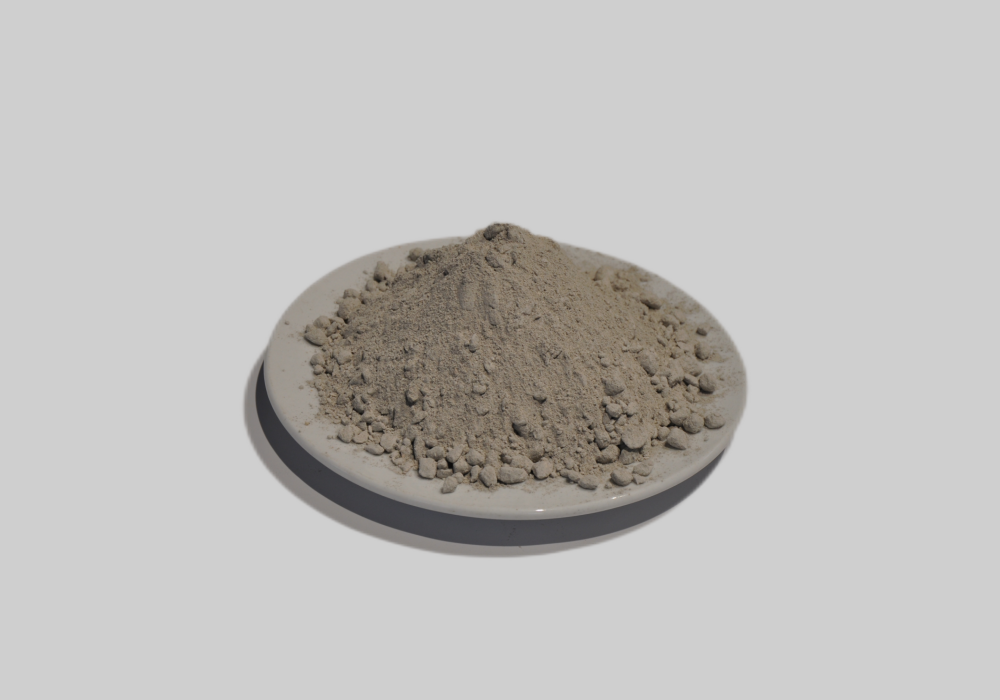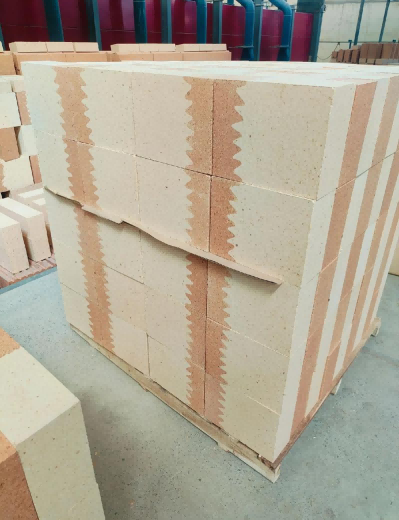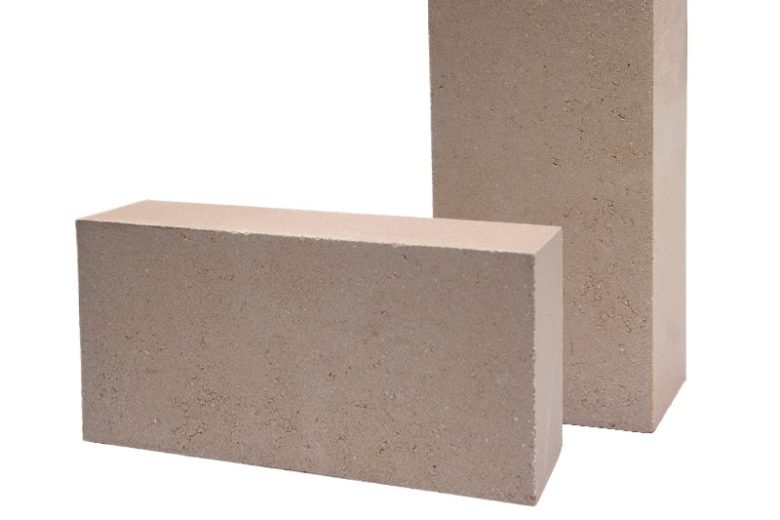Anti-skinning castable is made by adding silicon carbide aggregates and powder to the low-cement castable, then adding high-efficiency water reducing agent and ultrafine powder, and stirring with pure calcium aluminate cement as the binder.
The anti-skinning castable has excellent wear resistance and corrosion resistance, high high-temperature strength, high thermal conductivity, small linear expansion coefficient, good thermal shock resistance, does not react with cement raw materials, and has a good anti-skinning effect, effectively preventing the ring formation phenomenon during the calcination of cement rotary kilns.

The working mechanism of anti-skinning castable comes from the high-quality synthetic raw material of SIC. Currently, silicon carbide is increasingly widely used in the refractory materials industry. Due to the unique properties of silicon carbide itself, its adhesion to cement raw materials is very low. Generally, cement raw materials have difficulty adhering to the surface of silicon carbide castables. By adding a certain proportion of silicon carbide to low-cement castables to make anti-skinning castables, the situation of cement raw materials caking on the discharge slope at the kiln tail is greatly reduced. It has reduced the occurrence of a decline in the output of the main cement production line due to the caking of raw cement materials, and even the situation where the kiln has to be shut down to clean up the caking. When a high proportion of castable is added, it is used in the iron channel and molten iron ladle in front of the blast furnace. Silicon carbide is increasingly used in refractory materials due to its role as a framework.
Anti-skinning castables are classified based on the amount of silicon carbide added. Generally, they are classified by the amount of silicon carbide added, with the ratio ranging from 3% to 50%. Castable materials with added silicon carbide can be used in parts prone to skinning such as the discharge slope of the preheater, the ascending flue, and the cone of the decomposing furnace in large and medium-sized new dry-process cement kilns.
Leave a Message
Contact Us
Email: [email protected]
TEL: +86 13721425142

The light and heavy composite high alumina brick integrates the functions of the two layers of refractory bricks that need to be laid for the…

For a long time, the anti-seepage materials for electrolytic aluminum cells in our country have mostly adopted unshaped dry anti-seepage materials, which generally have problems…
Submit Request
PDF Request